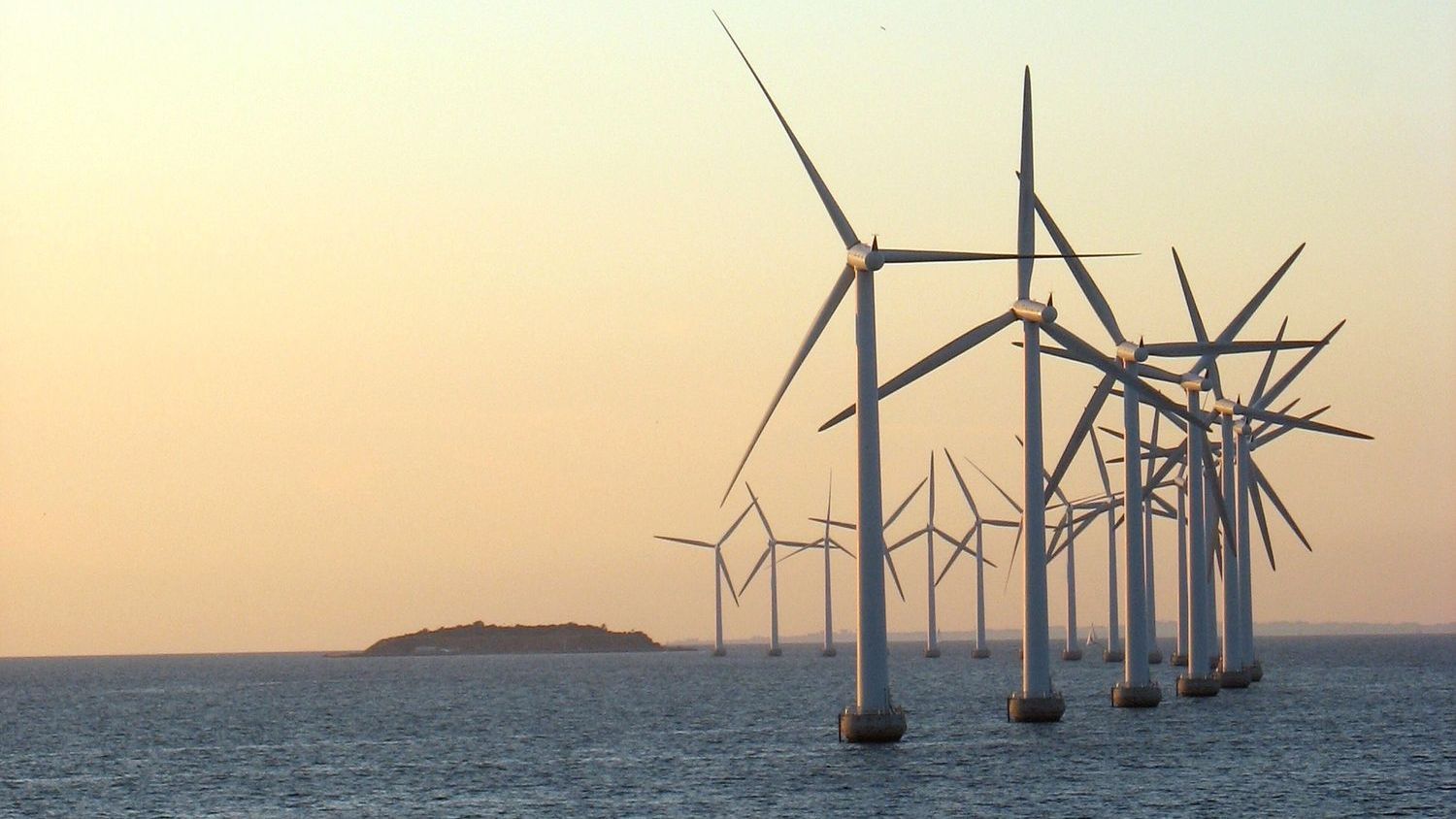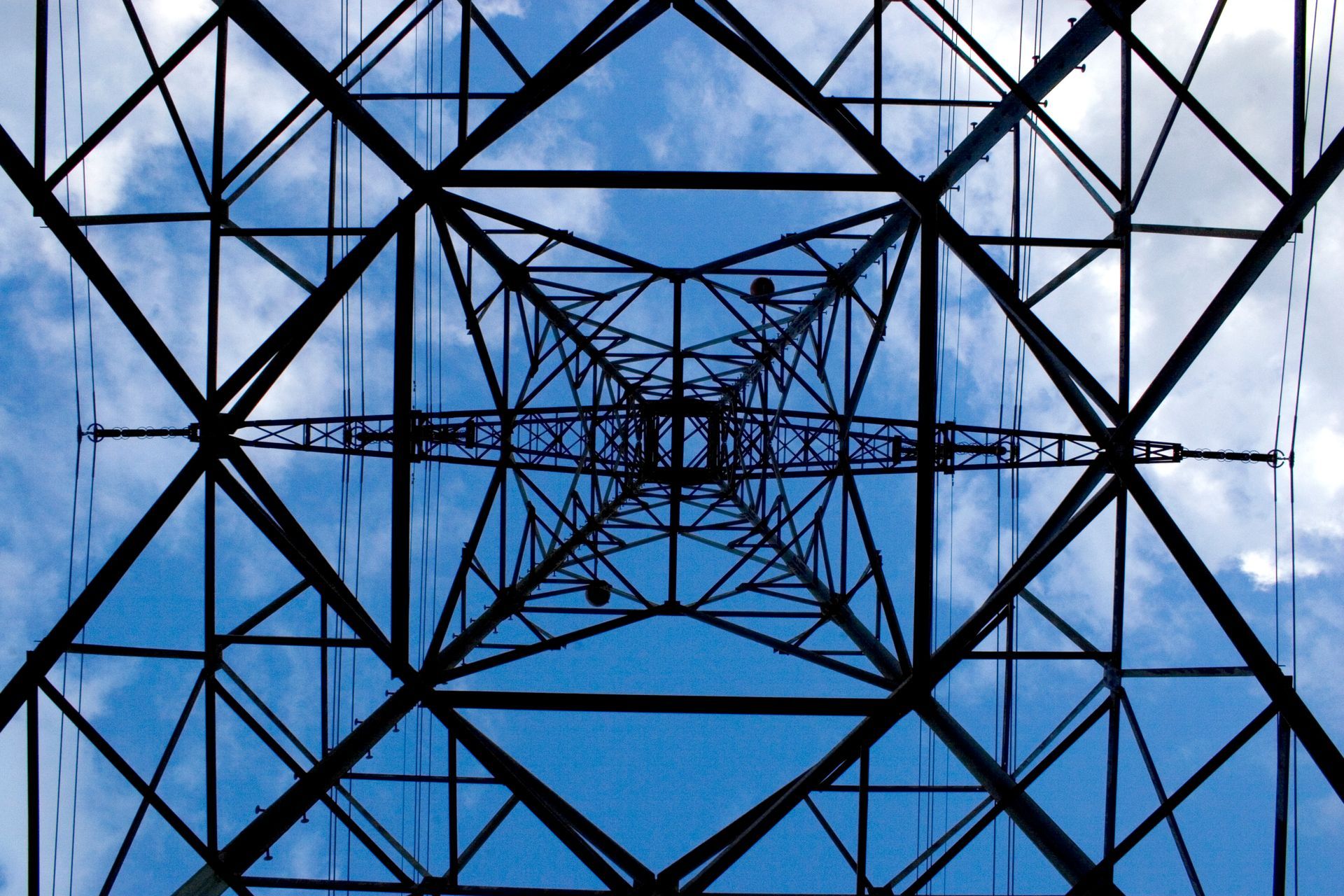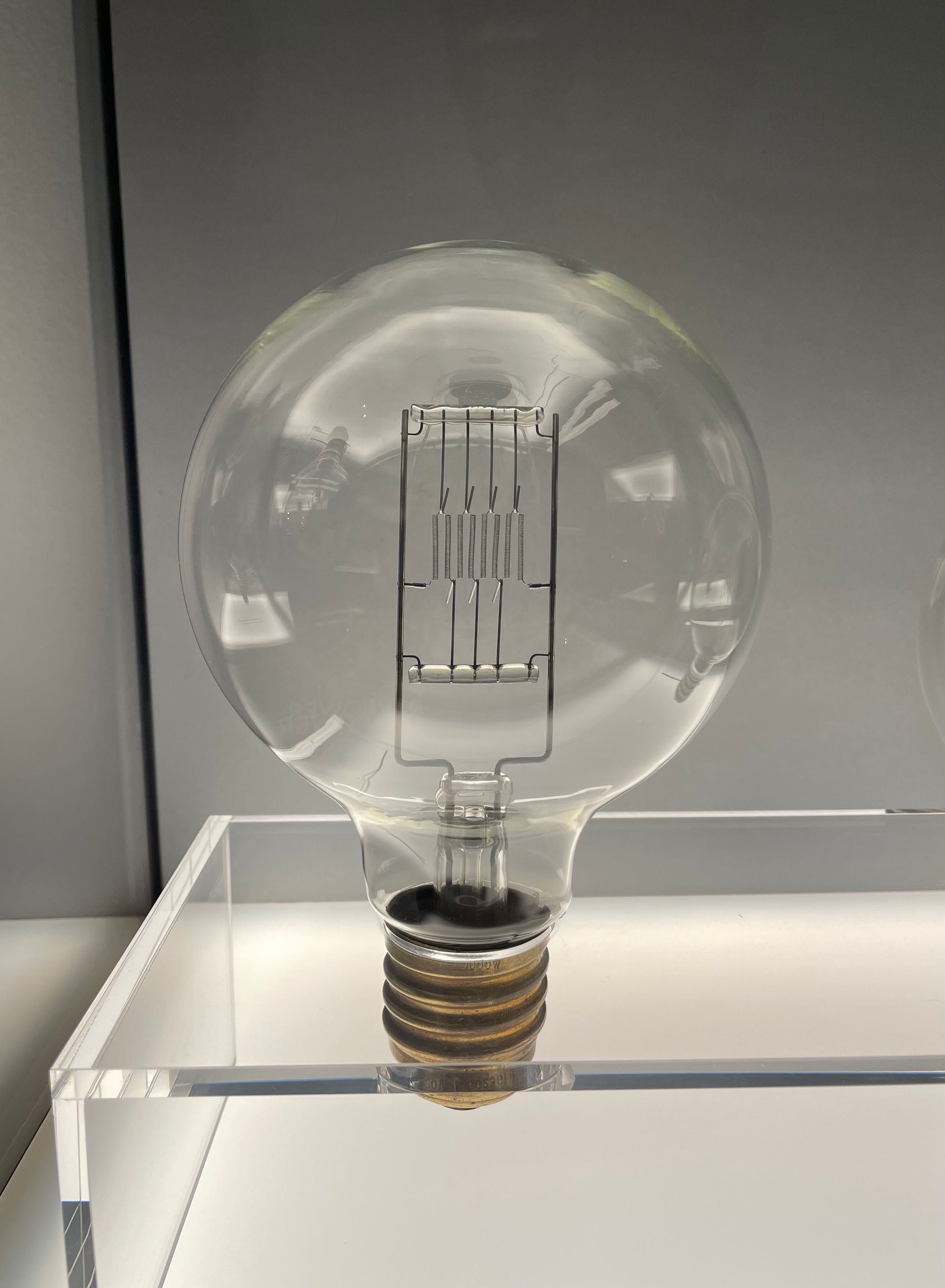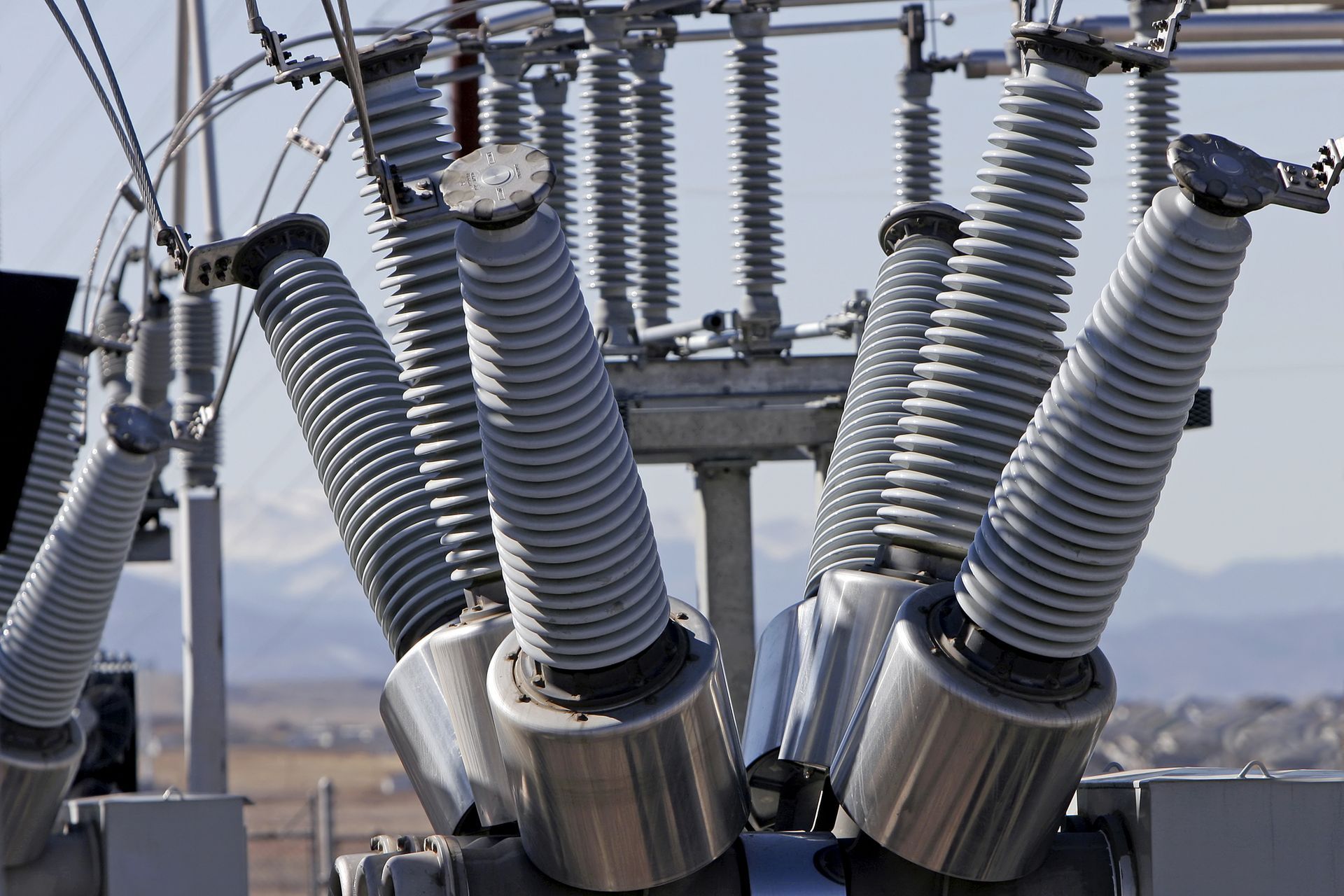Political Economy of U.S. Offshore Wind
Internationally, offshore wind has contributed to the energy transition in Europe and is poised to do so in the U.S., starting in the Northeast

Internationally, offshore wind has contributed to the energy transition in Europe and is poised to do so in the U.S., starting in the Northeast. Undoubtedly, offshore wind is an essential component of decarbonizing the power sector.
To date, offshore wind proponents have successfully built a political argument and coalition to spend a hundred billion dollars – the total is not in sight – for offshore wind, offshore transmission, onshore transmission, seaport expansions, and tax breaks for supporting vessels. They have linked the real and significant threat of climate change to create a new manufacturing industry onshore. The mantra is that offshore wind is necessary to avoid a climate disaster and will create good-paying jobs. The Biden Administration wants to reach 30 gigawatts by 2030, and eight east coast states have committed to 39 gigawatts by 2040. This is quite impressive.
The offshore wind coalition of climate change advocates, developers, supporting industries and trades, and consultants have been successful for several reasons. First, their case is plausible. An overhaul of the electric power system requires the rapid build-out of all good options, and offshore wind has a successful track record in Europe.
Second, the coalition bifurcated offshore wind development from transmission expansion. States committed to offshore wind farms before developing supporting offshore and onshore transmission plans. They suspected that if wind farms and transmission expansion costs were considered together, the total would likely be too much for the public to accept.
Third, when discussing jobs and economic development, the coalition ignored the drag on the economy of increasing electricity rates to support offshore wind. Like a laser beam, the focus was on the economic development benefits of offshore wind investments, not the financial costs of financing them. The result is clear: the economic benefits and the employment gains are much more significant when doing so.
Fourth, foreseeing additional offshore and onshore transmission costs to support such a significant addition of offshore wind will likely be extraordinary; the coalition has focused on how much can be saved if transmission planning is done right. What the coalition calls anticipatory transmission planning, i.e., determining the needed transmission of all projects collectively instead of individually, is estimated to save tens of billions of dollars. It is unclear whether these claimed savings are meaningful, as opposed to being a strawman, because transmission planning would consider multiple options and, therefore, would have rejected vastly more expensive approaches.
Given the success of this coalition, expect to keep hearing the mantra: offshore wind is necessary to combat climate change, it creates good-paying jobs, and proper planning will save money. Even if this mantra is correct, proponents of offshore wind, if their case is to have real public policy merit, must answer the following questions:
• What are the total costs and the costs per megawatt-hour of the offshore wind farms and additional offshore and onshore transmission (for different levels of offshore wind commitments)?
• What is the cost of the next best alternative of onshore wind, solar, energy storage, and nuclear power (along with any needed transmission)?
• What are the economic gains of offshore wind investments and the economic losses of higherelectricity rates to fund offshore wind and associated transmission?
• What is the total cost per ton of carbon dioxide avoided due to offshore wind, and how does it compare to the social cost of carbon?
So far, offshore wind advocates have a winning political message and coalition. At some point, however, when the public is asked to start paying the bill, and other greenhouse reduction strategies are crowded out due to offshore wind’s dominance, the coalition will have to answer these questions or risk their ambitions being terminated.

We can help you meet your specific business needs





